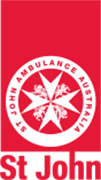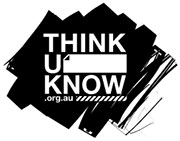Safety At Home
First AidSevere allergic reaction (anaphylaxis)
[st_box title=”WARNING” type=”warning”]Anaphylaxis is a severe allergic reaction and potentially lifethreatening—always treat as a medical emergency.[/st_box]Signs & symptoms
Watch for any one of the following for anaphylaxis
- difficulty and/or noisy breathing
- swelling of the tongue
- swelling/tightness of the throat
- difficulty talking and/or hoarse voice
- wheezing and/or coughing
- persistent dizziness or collapse
- young children may be pale and floppy.
Mild to moderate allergic reaction (may precede anaphylaxis):
- swelling of the lips, face, eyes
- hives or welts
- tingling mouth
- abdominal pain and vomiting.
What to do
Unconscious patient
1. Follow DRSABCD.
2. Immediately administer the adrenaline autoinjector, if available.
Conscious patient
1. Follow DRSABCD.
2. Help patient to sit or lie in a position that assists breathing.
3. If the patient is carrying an auto-injector (e.g. Epipen®, AnaPen®), it should be used at once. Let the patient administer the auto-injector themselves, or ask if they require assistance.
4. Keep the patient in a lying or sitting position. Observe and record pulse and breathing.
5. If no response after 5 minutes, further adrenaline may be given.
See www.allergy.org.au for further information.








